

|
|
|


|
|
1/10 Scale Electric Buggy:
Himoto MegaE 2WD Buggy - HI1018 / HI1018BL
|
Introduced by Himoto Racing circa 2010, the MegaE 2WD Buggy was available with either a brushed 540 motor - # HI1018 - or a brushless motor - # HI1018BL - ESC, battery, charger and 2.4Ghz radio system. It was later re-named the BASHE Buggy.
The model was based on a molded plastic chassis, with a gear type differential, coil spring over oil filled dampers, dogbone drive-shafts and ball bearings.
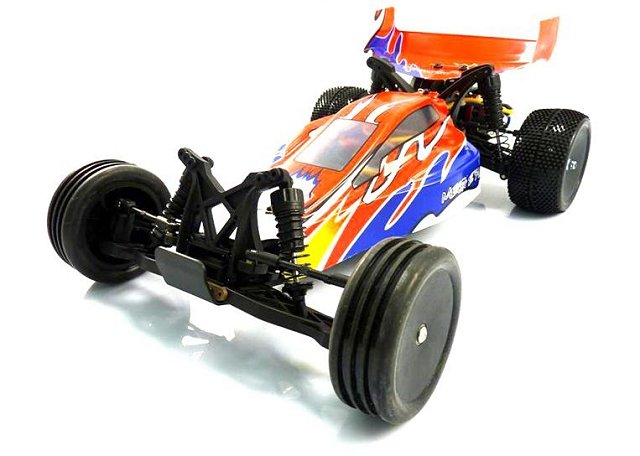
To race the Himoto MegaE Buggy, you need to tweak and adjust all you can to give your car improved handling, stability and grip to ease around the curves and keep you on the track. One little setting change can transform your car into a world beater. Just follow our chart to attain the most favourable Set-up to suit your particular needs on any track.








|
|
|

★ Himoto MegaE 2WD Buggy ★
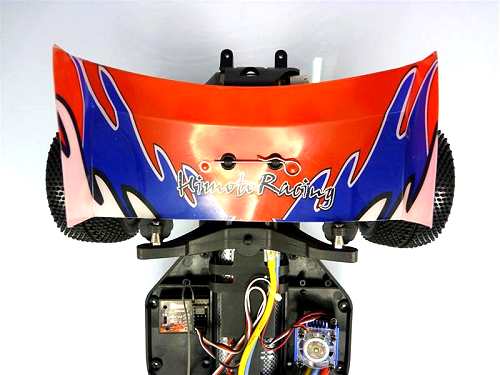
★ Himoto MegaE 2WD Buggy Chassis ★
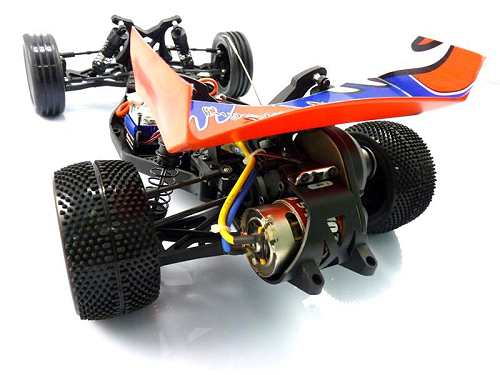
★ Himoto MegaE 2WD Buggy Chassis ★
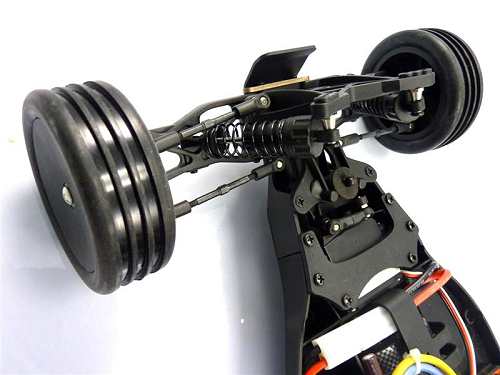
★ Himoto MegaE 2WD Buggy Chassis ★
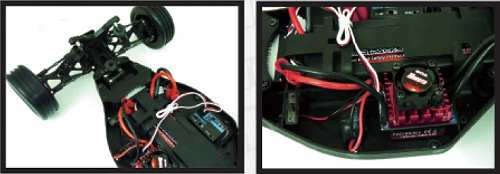
★ Himoto MegaE 2WD Buggy Chassis ★
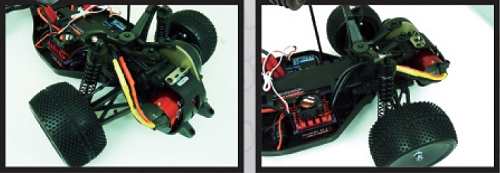
|
Buying a Used Himoto MegaE Buggy (and What to look for)
Make a General Visual Inspection
Check the Body-Shell
If the body shell of your Himoto MegaE is broken, ripped or damaged in any way, this can be easily repaired with rubber solution glue. Also, for added protection and if available for your MegaE model, fit an under guard to stop dirt and gravel entering the chassis. Drive Shafts and Turnbuckles
Examine the Drive System
The gearbox of your used Buggy should be opened up to check for gear wear and lubrication. A thin coat of grease is often used on internal gears and although this is fine for basic running around on the back yard, if you intend to race your Buggy at a higher level, this should be removed and replaced with racing oil (ZX1 or Teflon Oil). Of course, this should be reapplied after each race meeting. Pinions and Spur Gears
Don't Neglect the Ball-Joints
Ball joints always cause problems. For top level Electric Buggy racing, the plastic ball connectors should be checked and if deemed necessary changed after every meeting. A simple thing like a loose fitting connector popping off could easily end your race, so better safe than sorry. Steering Servo and Servo-Saver
Stabilizers
If body roll on your Himoto MegaE is a problem, handling can be improved with the use of stabilizers, anti roll or sway bars, stiffer tuning springs and, or, thicker silicone oil in the dampers. Don't Forget those Bearings
▼ Scroll Down for More Articles and Advice ▼
Or, check out our RC Model Car Setup Guide
|
|
Manufacturers and Brands Catalogued, Listed and Reviewed by RC-Scrapyard.
At present, the RC Model Manufacturers, Brands and Distributors covered by us are: ABC Hobby, Academy, Acme Racing, Agama Racing, Amewi, Ansmann Racing, ARRMA, Team Associated, Atomic RC, Axial, AYK, Bolink, BSD Racing, Capricorn, Carisma, Carson, Caster Racing, Cen, Corally, Custom Works, Durango, Duratrax, ECX - Electrix, Exceed RC, FG Modellsport, FS-Racing, FTX, Fujimi, Gmade, GS-Racing, Harm, HBX, Helion, Heng Long, Himoto Racing, Hirobo, Hitari, Hobao, Hong-Nor, Hot Bodies, HPI, HSP, Intech, Integy, Jamara, JQ Products, Kawada, Kyosho, Losi, LRP, Maisto, Mardave, Marui, Maverick, MCD Racing, Megatech, Mugen, New Bright, Nichimo, Nikko, Nkok, Ofna, Pro-Pulse, Protech, PTI, RC4WD, Redcat Racing, RJ-Speed, Robitronic, Schumacher, Seben, Serpent, Smartech, Sportwerks, Step-Up, Tamiya, Team-C Racing, Team Magic, Thunder Tiger, Tomy, Top Racing, Traxxas, Trinity, Tyco, Vaterra RC, Venom, VRX Racing, WLToys, X-Factory, Xmods, Xpress, Xray, XTM, Yankee RC, Yokomo, ZD Racing and Zipzaps. |
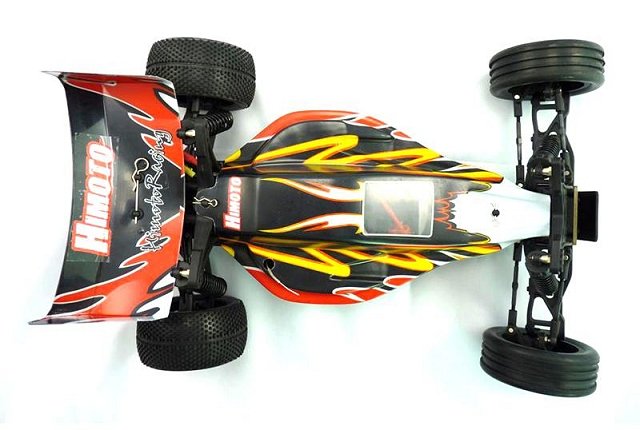
|
Hints, Tips and Information
Toe Angle - for Steering and Straight Line Stability
When you first build your RC model car, you will no doubt have made all the settings advised in the manufacturers' manual and will take it out on the back yard not thinking of things like camber, caster or toe-in - I know I did. It's only when you get competitive that you start learning about these things and just what a big difference they can make to the handling of your car. One of the more effective of these adjustments is Toe-in. |
|
Hints, Tips and Information
Painting a Lexan Body Shell.
Most RC Model kits come with an unpainted, clear Lexan plastic Body Shell you yourself must prepare and paint. This type of Body Shell is painted on the inside, and special spray or brush on Polycarbonate Paints MUST be used.
|
|
RC Models:
|
Radio & Motors: |
Other
Accessories: |